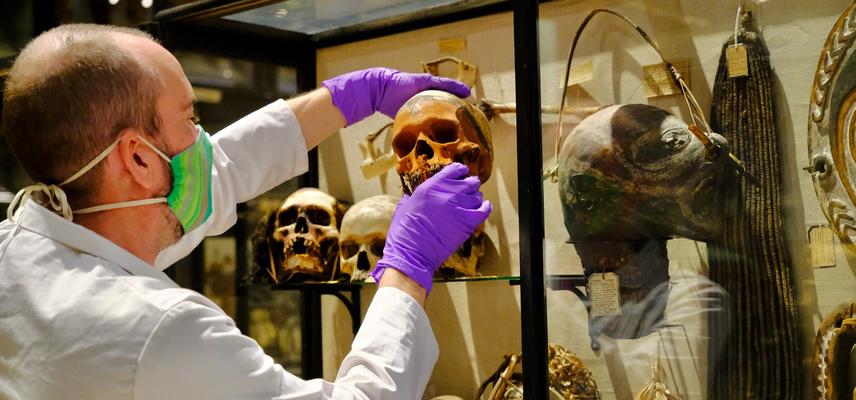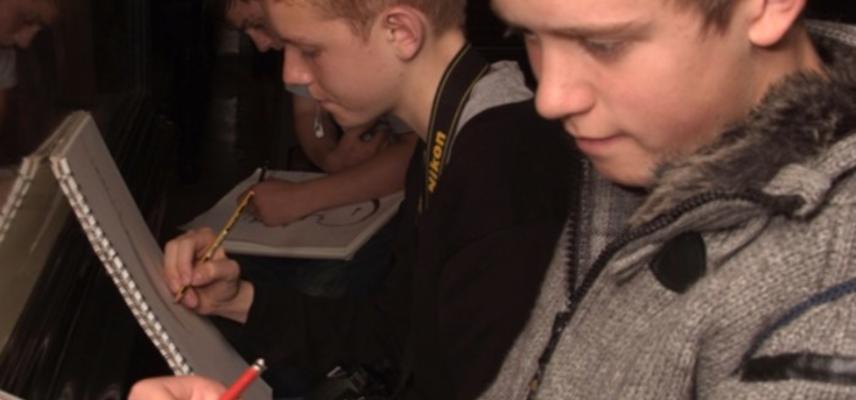secondary-schools-taught-gallery-sessions/Ethics-Tsantsas
National Curriculum Subject Areas: Cross-curricular, Ethics
Length of session: 60 minutes
Maximum group size: 32
Learning Outcomes
• To understand why the museum has removed certain human remains
• To understand how and why tsantsas were made and acquired and what has happened to the tsantsas that were on display in the museum
• To learn what ‘self-representation’ means and why this is part of core values of the Pitt Rivers museum
Session Outline
In a tour of the galleries, students will learn about self-representation, listening to the perspective of Shuar peoples to understand why it is crucial to consult with communities about how they would like human remains to be treated.
Through handling archival material in small groups, students will learn about the history of tsantsas or ‘shrunken heads’, understanding how coloniality has affected their production, function and trade.
Students will also have the opportunity to discuss and debate the history of other human remains that have been removed from display at the Pitt Rivers Museum.
‘Discussing and debating why the remains were removed from display was fascinating! (Secondary Teacher)





